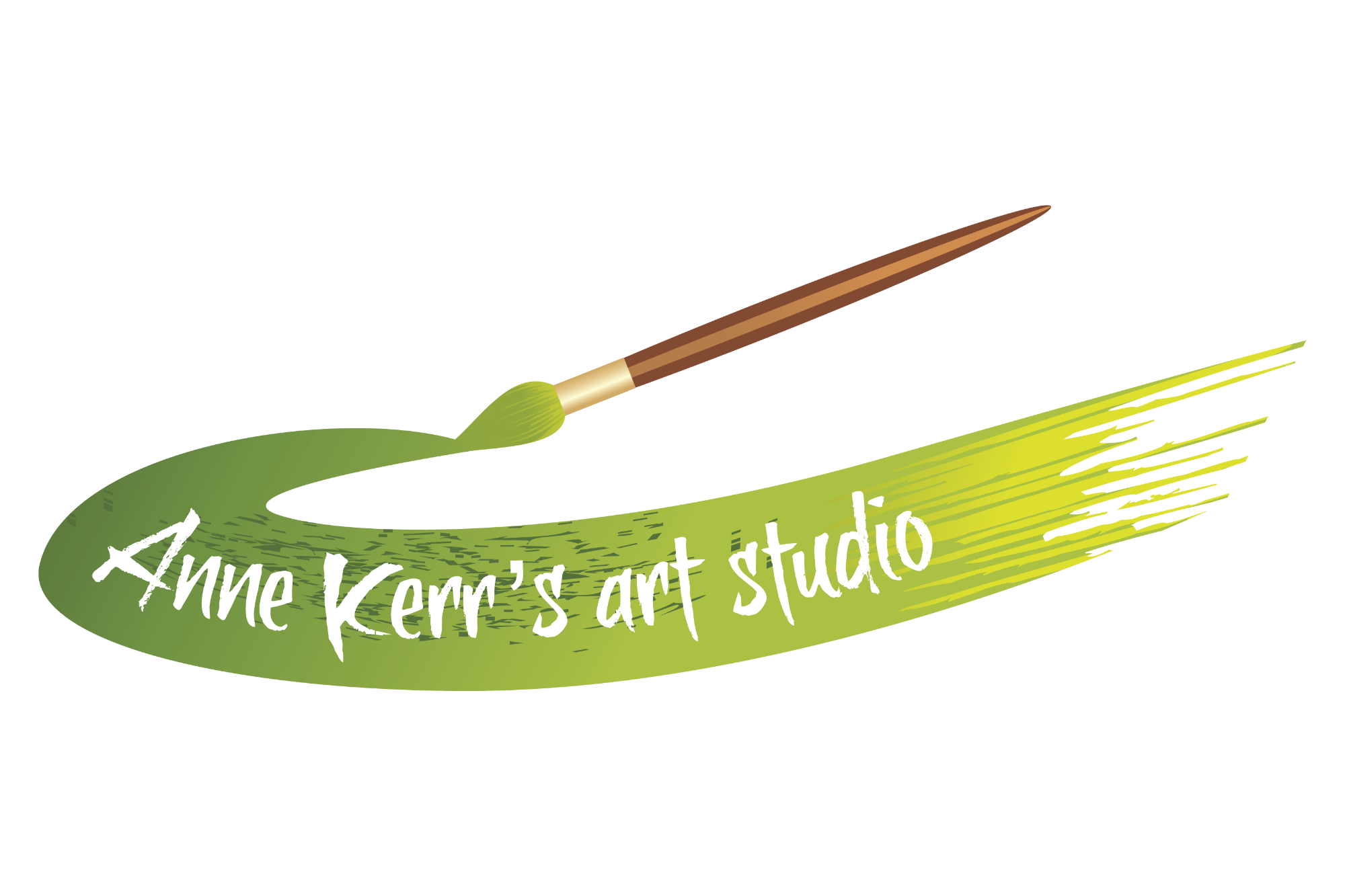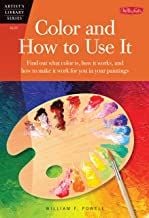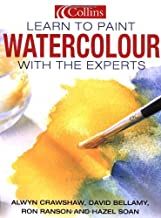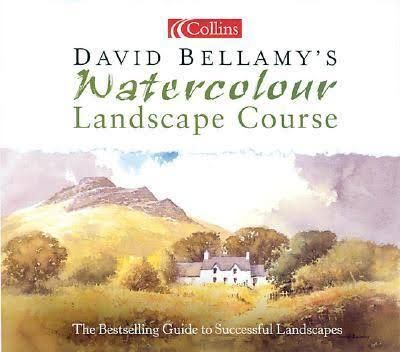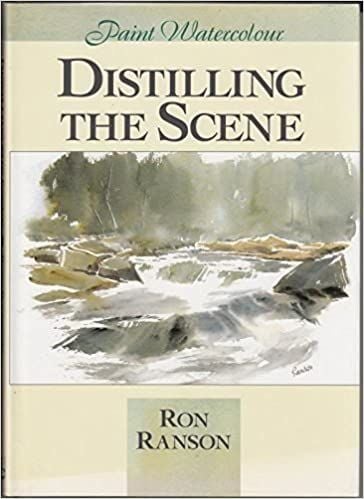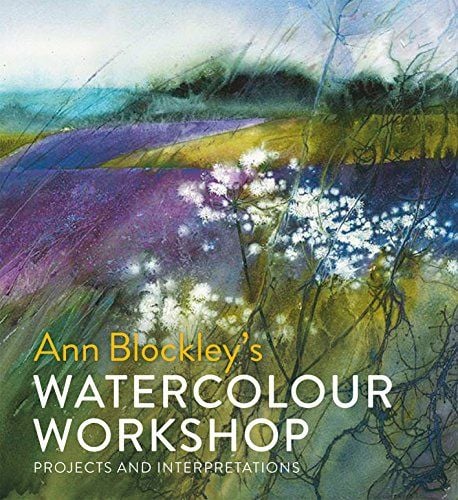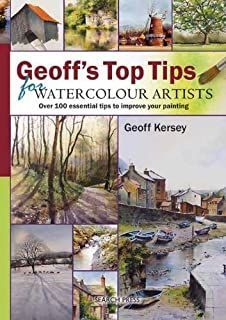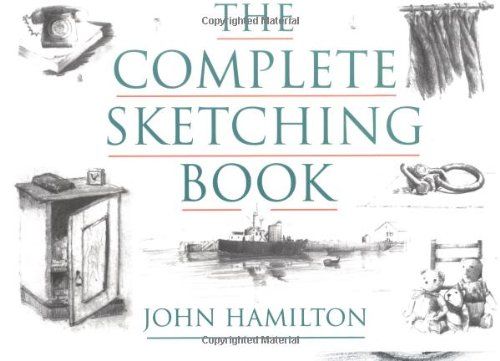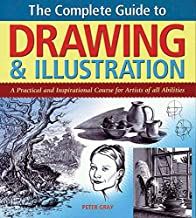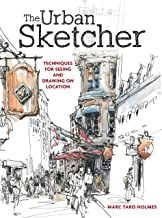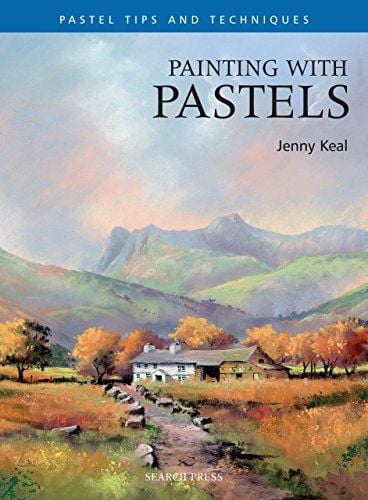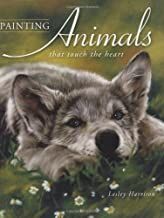Books I recommend for starting in painting and drawing
I have a very large collection of art books. However, there are just a few that I would hate to be without. I love all my books but these are my real favourites and the ones I always go to for inspiration and new ideas. They always seem to deliver. I am predominantly a landscape artist, so my book collection will reflect this. I do not have a definite style of painting. I like detail, I like the fast and loose style of using big brushes and also the more abstract and experimental way of painting.
Watercolour
A Book For All Artists
Color and how to use it.
This is a fabulous little book. Although it was written some time ago, the content will never outdate. I give this to all my students. It demonstrates all the aspects of colour in the most simplest of terms. There is more value in this little book than in any big complicated reference guide to colour. It explains in everyday language, colour harmony, warm and cool colours, complimentary colours and colour values. It's so easy to understand and you can try the little demonstrations at the back of the book for yourself. You can read the whole book easily in one evening. Big books about colour and colour mixing frighten people. This really is a little gem.
Learn To Paint Watercolour With The Experts
This book is written by four superb watercolour artists, namely: David Bellamy, Ron Ranson, Hazel Soan and Alwyn Crawshaw. The reason I highly recommend this book is because each of these four artists has a very different style. It gives you an idea of the type of watercolour painting that appeals to you. You will have the opportunity to try different techniques without having to invest in a multitude of books. This book contains many step-by-step demonstrations, exercises and professional hints and tips. I have recommended it to many of my students and they have loved it. Not everyone wants to paint in the style of their tutor, and that is quite right. Everyone needs to find their own preferred way of painting and this book will prove to be a great asset in doing that. If you take the time to work through the suggested exercises and projects in this book, I guarantee you will roughly know your own preferred style by the time you finish.
David Bellamy's Watercolour Landscape Course
This book takes you all the way from first steps to the final painting. The book is designed so that you begin painting pictures almost at once. David covers all the fundamental techniques in a very interesting way. He encourages the reader to practice these techniques as much as possible but not to the detriment of progress. You are shown how to lay washes, mix colours and work in tonal values to gradually build up your painting. There are excercises for you to tackle. These excercises encourage you to develop your own style rather than just copying what you see on the page. David offers no tricks or shortcuts, just pure practice using basic painting materials. I never tire of reading this book. I always find something new that I hadn't noticed before. There are other books in the series, all equally good depending on your interests. These other books are:
Seas and shorelines; Skies, light & atmosphere; Winter landscapes; Developing your watercolours; Landscapes through the seasons; Artic light.
Distilling the Scene - Ron Ranson
Ron Ranson was a superb artist and teacher who, sadly, is no longer with us. This book is one of my all time favourites, It was written way back in the 80's so the printing is a little old fashioned. However, the content will never date. Ron encourages the reader to experiment with very large brushes in order to simplyfy and dramatise subjects. The hake brushes he uses are very cheap to buy and will give you the artist the most interesting and fascinating marks, unobtainable with other watercolour brushes. I love the hake brush and use it all the time, either on its own or with other smaller brushes. Ron's style is all about making every brush stroke count. It never ceases to amaze me the atmospheric pictures that can be obtained by using very large brushes. Ron says 'the only way to learn to paint, is to paint!' He tells his readers to forget about reproducing nature and start re-arranginmg it. In other words, develop your own style. He basically uses four brushes and seven paint colours. Keeping it simple is the main theme that runs throughout all his books. Many of them are now out of print but you can always find them in secondhand bookshops and Amazon often sell used copies. All my copies of these books were bought secondhand, some for only a couple of pounds. I think I have most of them. Here are the titles of some more of Ron's books. I am sure there are plenty I have missed:
Ron Ranson on Skies; Watercolour Painting from Photographs; Watercolour Fast and Loose; Big Brush Watercolour; Watercolour Painting; The Ron Ranson Technique.
Ann Blockley's Watercolour Workshop
If you are interested in 'experimental watercolour then this book is for you. Ann Blockley is a well-known watercolourist with an international reputation. She shows you ways of using a whole host of materials to achieve special effects that you can't get with just a brush. It's exhilerating and extremely theraputic to try painting in this way. Watercolour can have a mind of its own if you let it. That is what this book is all about. If you are more inclined to want watercolour to follow your 'instructions' then this is probably not the book for you. However, if you are happy to 'have a go' and just let things happen, you can get some amazing results. Ann builds up your skills gradually, always encouraging you to try and experiment for yourself. A truly exciting book. Ann has other books in the series:
Experimental Landscapes; Experimental Flowers in Watercolour; Watercolour texturee
Geoff's Top Tips for Watercolouyr Artists by Geoff Kersey
Well! Here's a little gem! Geoff shows you that learning to paint in watercolour is actually very easy when you break things down into simple features. Whenever I am feeling uninspired as far as painting is concerned, I will reach for this little book. Geoff Kersey shares his expertise in this book packed full of tips for watercolour painters. Learn all you need to know, from what to buy, composing a painting and mastering techniques such as wet into wet and dry brush work, how to paint skies, water, trees ,buildings and more. The tips are clearly explained and illustrated through artwork.
The Complete Book of Sketching
I have had this book for many years and never get tired of dipping into it. Many books about drawing concentrate on one topic: landscape, seascape, still life, life drawing etc. The joy of this book is that it does a little of everything. It covers seasons, lighting, use of the camera, composition, perspective and just about anything else you can think about to do with sketching. My husband, who claims to know nothing about art, bought this for me. I have to say that it is the best reference book about sketching that I have ever read (and I have read a few!)
Being an older book,It's not always easy to locate but you may find a more recently printed verson somewhere. I found mine years ago in a secondhand bookshop! One of the authors of the book, John Hamilton, has produced a book with a similar title ''The Complete Sketching Book'. However, I have not seen it so am unable to recommend it.
The Complete Guide To Drawing & Illustration
There are hundreds of books about drawing on today's market. I can only recommend the ones I have tried and tested myself. This is one of them. A very practical and inspirational book. Similar to the book below in my list, this one covers so many different aspects of drawing, all enclosed in one book. Everything from making the first marks, drawing landscapes, towns, faces, human figure, animals, perspective and a host of other things. The book is designed as a course to work through from the beginning. However you can still dip in and out of it, trying different topics, together with the exercises suggested. It is aimed primarily at people who want to draw using graphite pencils but the main principles of drawing and sketching would apply to any drawing medium. There is an earlier version of this book. It has a coloured front cover and you will probably be able to pick up a second hand copy of this edition very cheaply. A really superb comprehensive book on drawing and one I highly recommend.
The Urban Sketcher - Marc Taro Holmes
This book is all about drawing on location. It is suitable for both graphite and pen and ink drawing. It also has a section on adding quick watercolour washes to your work to add more atmosphere. It is written in a 'workshop' type way that takes you from sketching simple objects to full street scenes. If you work carefully through the exercises, you will make rapid progress. This book is not about fine detail and precision. It's all about capturing the 'moment'. Marc teaches you how to draw objects from the outside in. Not starting with fussy details as I am sure we have all done in the past. Drawing in the quick exciting way that this book promotes really gives you confidence. When we first start drawing with ink, we usually do a pencil drawing first, in case it all goes wrong. With the techniques in this book you will soon do away with the initial pencil sketch and will have the confidence to launch straight in with the ink pen! A superb reference book and one I highly recommend.
Pastels
Painting with Pastels - Jenny Keal
When I first started painting in pastels, this was my reference book. Yes, it's based on landscape painting but all the techniques can be used to paint anything. Jenny Keal is the wife of David Ballamy the watercolour artist. Many years ago I attended a painting holiday with David and one wet Wednesday afternoon, Jenny gave us a pastel painting demonstration. Well, I was hooked! I went straight home, down to the local art shop and bought pastels and paper. I haven't looked back. This book covers all the techniques and materials you need for pastel painting. Pastels have, I think, the most vibrant colours of all painting mediums. They are so forgiving, allowing you to put light colours over dark and dark colours over light. If it goes wrong, you just rub it off and start again! This book contains some beautifully illustrated step by step instructions to guide you through painting landscapes, seascapes and flowers.
Painting Animals That Touch The Heart - Lesley Harrison
This book by Lesley Harrison has to be my all time favourite book on painting animals in pastel. It would break my heart if I lost this one. You only have to look at Lesley's paintings to feel the emotion there. The book has been out of print for some time but if you keep your eyes open, second hand copies often come up. You don't have to pay the high prices advertised unless you wish to. Lesley is a member of the Pastel Society of America and the Pastel Society of the West Coast. She has a website www.harrison-keller.com where you can view her beautiful art work. This book guides you through the process of painting every feature of animals; fur, eyes, noses etc. It is beautifully illustrated and a joy to read. Lesley stresses the importance of making the animals in pictures come alive by including appealing backgrounds or having the animals caught in movement or expression. She has also written two other books, these are about painting horses. They have many less pages but are well worth a look. The titles are: 'Horses and Ponies' and 'The art of drawing and painting horses'
